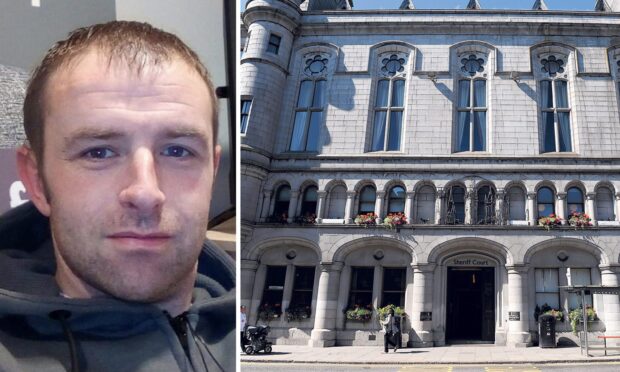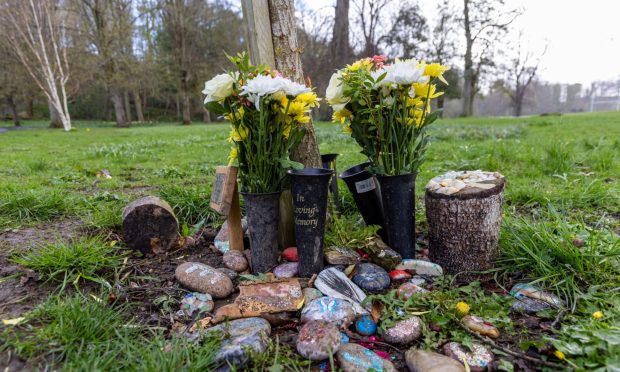A team of academics from three universities, including Robert Gordon University (RGU), will share stories of women in lockdown in the run-up to International Women’s Day.
International Women’s Day on Tuesday, March 8, aims to showcase female empowerment and achievement while tackling bias and discrimination.
The project entitled A Socially Isolated Room of One’s Own: Women Writing Lockdown will allow women to share their stories from being in lockdown during the Covid-19 pandemic.
It will also make women’s writing more visible by encouraging women to share photographs of themselves writing using the hashtags #womenwritinglockdown #IWD2022.
There are also plans to use these images in an online exhibition as part of the project.
The project team includes academics from three universities: RGU, Lincoln and Leicester, led by Principal Investigator Professor Lucie Armitt.
RGU’s Professor Sarah Pedersen will lead the investigation of women’s use of social media during lockdown.
It will include curating several online narratives posted online by bloggers and influencers that told of their experience in lockdown.
At the start of the pandemic, the UK Government issued a directive that meant that people were confined to their homes for months due to Covid-19.
The project will curate women’s writing from the first 12 weeks of lockdown.
The project, funded by the AHRC, will examine the differing impact that lockdown had between women and men as told by women during the first 12 weeks.
According to Women’s Aid, domestic violence rates doubled during the first three weeks of lockdown.
Lockdown also forced women to juggle both work and home-schooling because children were confined to the house.
The project, therefore, investigates the impact of lockdown on women’s writing in that early period of lockdown.
How did lockdown impact women’s writing experience, what they wrote about and when and where they wrote?
Professor Armitt explains, “The project will explore published fiction and poetry, blogs and social media posts, newspaper articles, features and oral history archives.
“It will also include creative writing produced in our project partner Liv Torc’s bespoke creative writing workshops for the project.”
The project will gather material over the next 18 months culminating in a virtual exhibition in June 2023.
Entitled The Lockdown House, it will bring together a collection of our findings, images, diary entries, social media posts and a discussion board giving space and voice to women writing lockdown.










